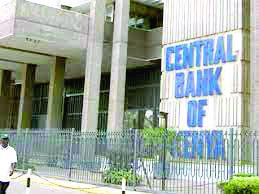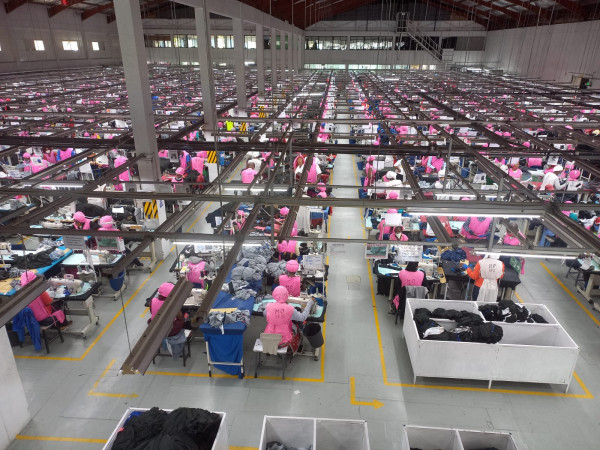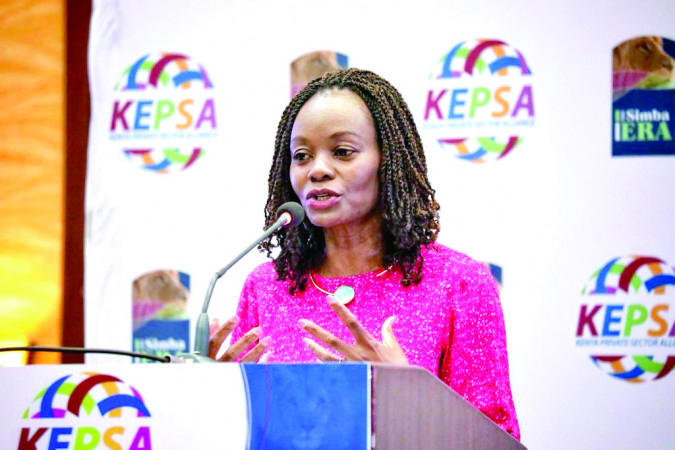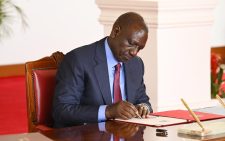Private sector credit ups to favour trade

Credit to the private sector more than doubled for the first time in about five years, highlighting the impact of the scrapping the law that capped interest rates in 2019, as more lenders embrace risk based lending.
Total private sector credit stood at 12.3 per cent in the first quarter of 2022 ending June, compared to 7.7 per cent witnessed in the similar period in 2021, according to CBK report on Kenya’s financial sector stability report.
Top borrowers
“Credit to the private sector recorded double digit growth for the first time in the first quarter of 2022 in close to five years. This reflects change in law that reversed interest rates controls in November 2019, economic recovery following easing of Covid-19 restrictions, and conducive policy environment,” reads the latest CBK financial sector stability report.
While the regulator did not disclose the value of the loans outstanding as of June in the report, however, a separate report on credit risk assessment shows that gross loans stood at Sh3.492 trillion in June 2022, having increased by 3.3 per cent from Sh.3.382 trillion in March 2022.
At Sh3.492 trillion gross bank loans, it implies that the cumulative credit to trade sector was about Sh597 billion as of June 2022 with manufacturing and private households taking roughly Sh530 billion and Sh520 billion, respectively.
CBK said the economic sectors most attractive to lenders included manufacturing, trade, households, transport and communications, and real estate.
Trade, manufacturing, and private households borrowed the bulk at 17.1 per cent, 15.2 per cent, and 14.9 per cent, respectively.
The scrapping of interest rates allowed banks to engage CBK on their risk-based lending model to the private sector. Although risk-based lending may raise the cost of credit for some segments and borrowers, it is aimed at boosting financial soundness of the banking sector.
Kenya Bankers Association (KBA) observes that since 2020 only six banks have received approvals to transition to a risk-based pricing environment who accounts for 27 per cent of the industry loan portfolio.
Delayed approvals of risk-based formulas has compelled most commercial banks to deepen investment in risk-free government securities through treasury bills, diverting a bigger chunk of credit that should be used in the private sector to stimulate economic recovery.
Only Equity Group has disclosed receiving such approvals while Absa, KCB and Stanbic admits being in negotiations with the CBK.
High exposure to government debt often impacts lender’s financial books, worsening their risks and making funding more expensive and difficult for the other sectors to access. Lenders’ investment in government securities rose to 204 per cent in 2021, compared to 181.7 percent in 2020 and 148 percent in 2019..
KBA last month warned that the high appetite for government paper is exposing the banks to sovereign debt and could derail private sector credit growth.















